“When you wish upon a star. . . your dreams come true. . .” Who when they hear these classic Disney lyrics can’t help but feel a moment of magic? Belle of Steel Kylee McGrane-Zarnoch certainly does. In December of 2014 Kylee had a dream of helping children. She and her college roommate Maggie decided to dress up as Disney princesses and visit children in a local hospital. Kylee says she’ll never forget the joy she saw on the face of a terminally ill child as she approached her wearing an Elsa princess gown. It touched her heart and soul forever, especially the hug. Within a few weeks they were regularly driving around in Kylee’s “punch buggy” seeing children in hospitals all across New York calling themselves The Princess Project.

Every child has their favorite character. But seeing the characters in person? Children fighting cancer, respiratory failure, traumas and other debilitating medical issues found moments of pure joy and happiness when receiving surprise bedside visits from characters they had seen in superhero films and Disney productions. What was fear, was changed into hope and joy, if only for a brief moment. That is pure magic.
Stories of their magic quickly spread to other collegiates and friends. What started as two, expanded to forty students providing moments of magic all along the east coast of the United States. By Fall of 2015, the first official chapter of A Moment of Magic was established by collegiate juniors Margaret “Maggie” McAndrew and Kylee McGrane. The platform of the organization was establishing a foundation for college students to provide service work through magic hospital visits to all types of children in need. These visits delivered compassion and empowerment. In November of 2016, a video of the princesses went viral amassing over 75 million views. More wanna-be superheroes and princesses across the country wanted to spread the magic. By the end of 2017, A Moment of Magic expanded to over 10 chapters across the nation. By 2019, the organization had served over 75,000 children.
COVID-19 threatened to harm the organization’s progress and for a brief time, the magic visits were prohibited in acute care facilities. However the magic couldn’t be stopped. The goals of A Moment of Magic include creating programs which help children learn coping and resiliency skills. The in-person visits by the heroes and princesses provide experiences which focus on creative play, boosting self-confidence, and self-esteem. The overarching intention? To give these children joyful moments to increase their quality of life. After COVID-19, the mental health of many college students suffered due to the impact of global circumstances and a challenging economy. Now more than ever, organizations like A Moment of Magic provide opportunities for students to improve their own mental health through service to others within their communities. At the center of this magic is hope.
When co-founder Maggie graduated, she went on to serve children as a secondary teacher. When Kylee graduated, she became the founding Executive Director of the newly created 501c(3) A Moment of Magic Foundation. As of 2023 over 125,000 children have experienced the magic. The humble beginnings of two princesses have grown into an international non-profit raising over $2 million dollars and bringing their special brand of magic to all children in need. The organization has been highlighted in local and national news stories, also being featured by numerous press outlets. In addition, the founders and their chapters have garnered prestigious awards in women’s leadership and entrepreneurial change. Kylee’s organization now partners with more than 350 nonprofit organizations and pediatric hospitals across the country to decisively contribute to the emotional health, self-confidence and self-esteem of children. A Moment of Magic received the Aerie Real Changemaker award in 2020 and was nominated as a semi-finalist in the 2021 New York City Imagine Awards. Recently, Kylee was inducted into the Hall of Femme, an international organization which honors women making history.
A Moment of Magic continues to evolve. Creative play scenarios have taken their activities into parks and camps for children. In 2022, they created Bravery Bags which are backpacks filled with tools for coping with stressful situations, how to talk about emotions and other items to assist parents and guardians to inspire resiliency and assist their children after difficult trauma experiences. Also that year, A Moment of Magic held its first ever children’s mental health workshop called Express, Create, Heal through a partnership with Curefest. In 2023, Kylee’s book, Your Magic which celebrates things that make one unique, yet unified, will be published.
Kylee’s ongoing message with A Moment of Magic is crystal clear. Strive to be brave, strong, and fearless. Create moments of light, laughter, and magic to overcome obstacles. Use every resource to make mental health more accessible. But most of all delight in providing twinkles of magic and hope for a child in need. For all of these magic moments, AgeView Press is proud to recognize Belles of Steel 20 and 21, Maggie McAndrew of Milford, Connecticut and Kylee McGrane-Zarnoch, of Wilkes Barre, Pennsylvania.
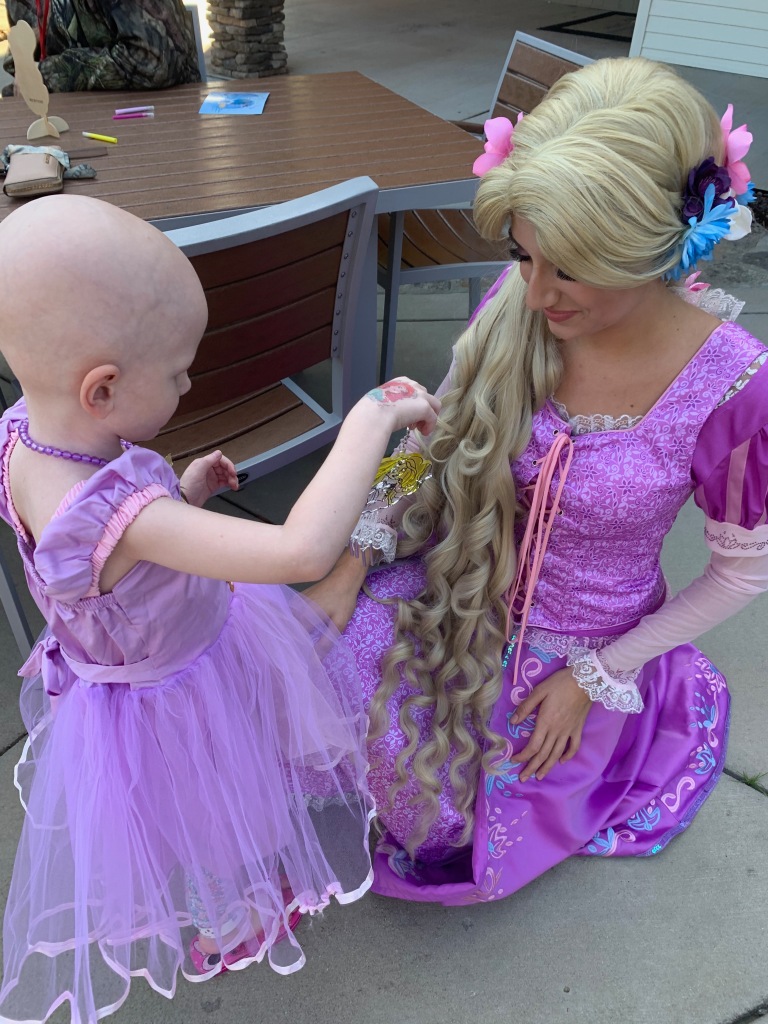


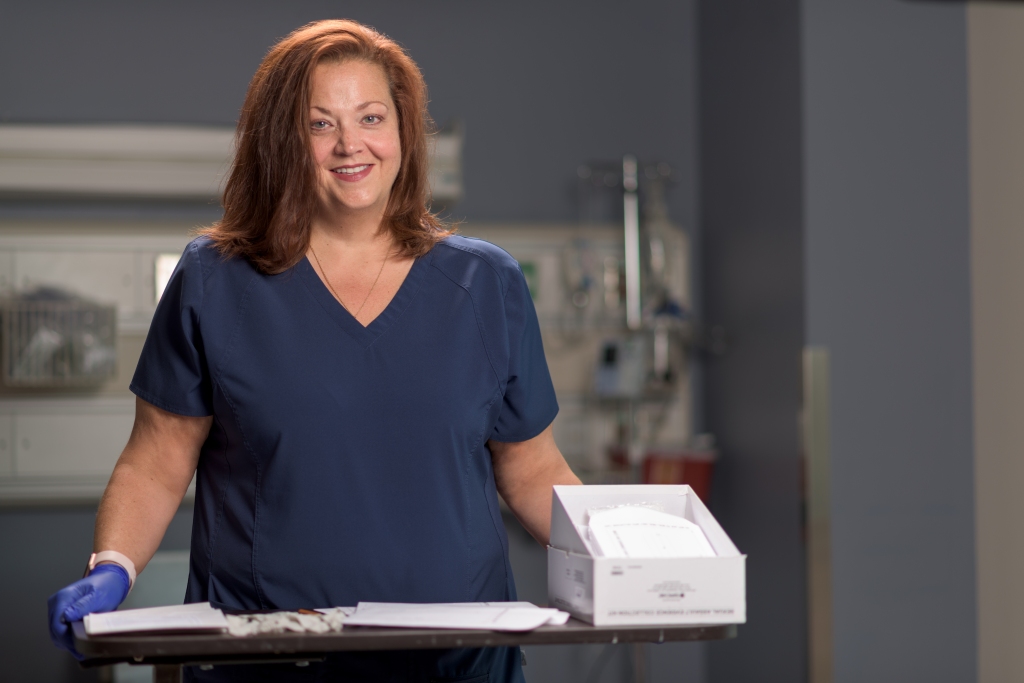

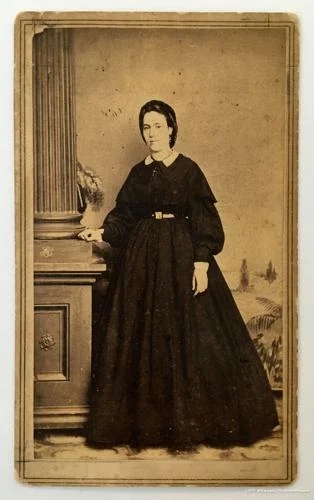
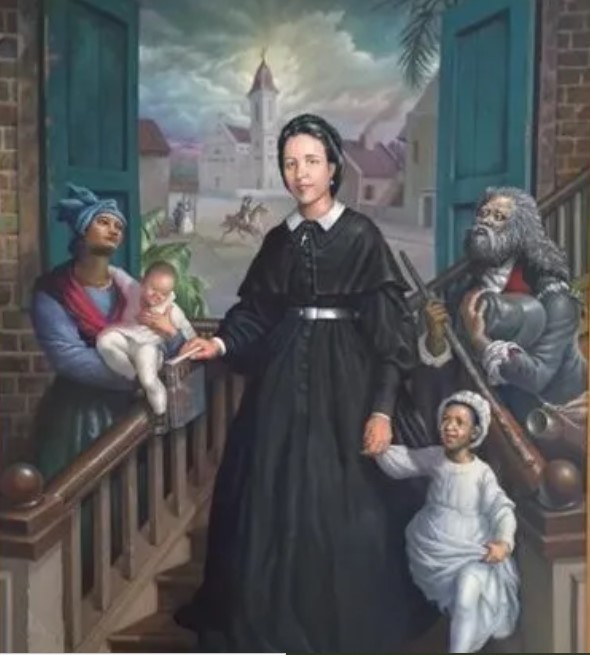
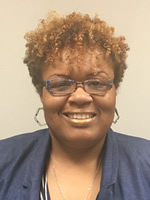
 It’s been almost a year or more since I posted on the blog. Compartmentalization was necessary to finish that doctorate. But now, I am on the homestretch and can actually see that light at the end of the tunnel. Seven weeks to go. As such, formal papers are being wrapped up, poster and podium presentations on my project complete. It has been a long, long two years in an accelerated program.
It’s been almost a year or more since I posted on the blog. Compartmentalization was necessary to finish that doctorate. But now, I am on the homestretch and can actually see that light at the end of the tunnel. Seven weeks to go. As such, formal papers are being wrapped up, poster and podium presentations on my project complete. It has been a long, long two years in an accelerated program. 
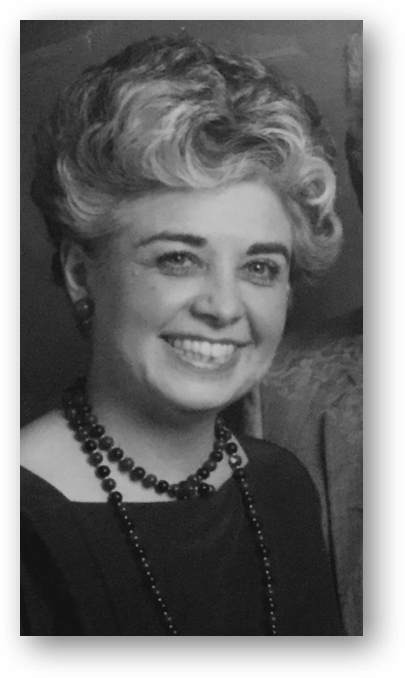 As for her own style, avante –garde fits the bill. June always made her own unique fashion statement with beautifully cut suits, designer dresses, and matching scarves, hats, shoes and jewelry. Her signature was her hats. In her later years, she didn’t like carrying a purse, afraid she would leave it somewhere. Her ample bosom served as storage for her lipstick, cell phone, keys and credit card, which she would never leave without.
As for her own style, avante –garde fits the bill. June always made her own unique fashion statement with beautifully cut suits, designer dresses, and matching scarves, hats, shoes and jewelry. Her signature was her hats. In her later years, she didn’t like carrying a purse, afraid she would leave it somewhere. Her ample bosom served as storage for her lipstick, cell phone, keys and credit card, which she would never leave without.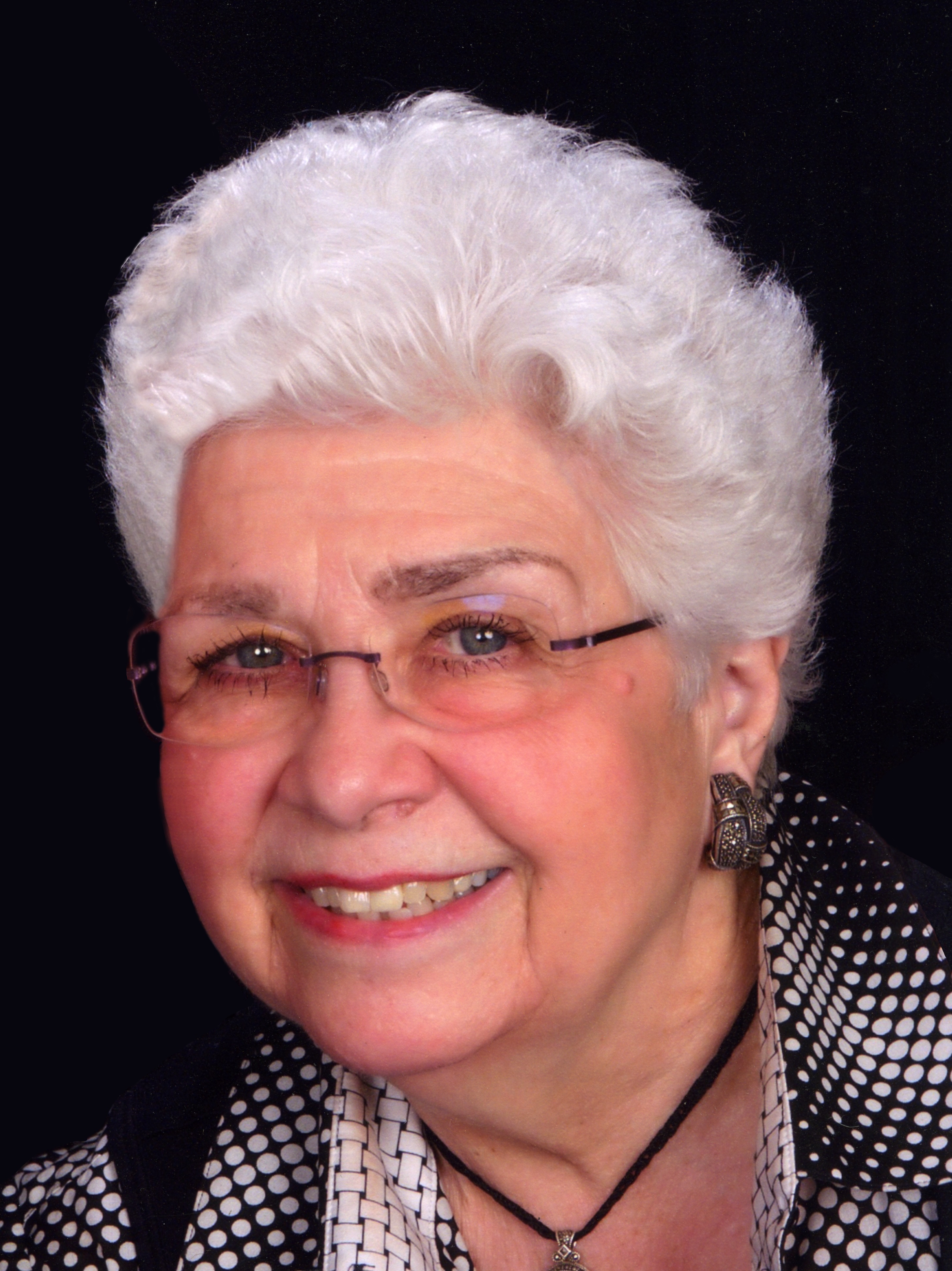
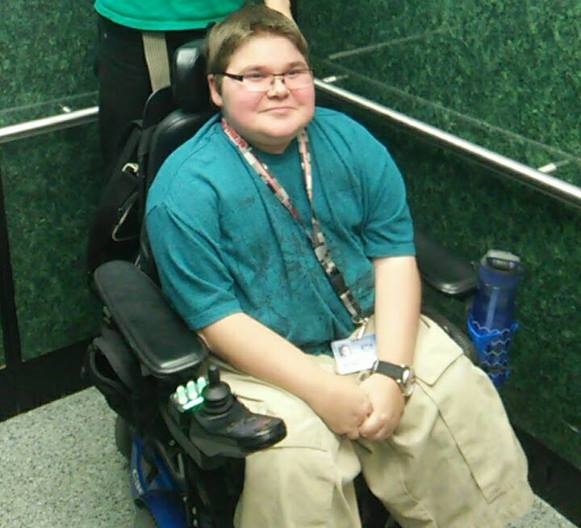
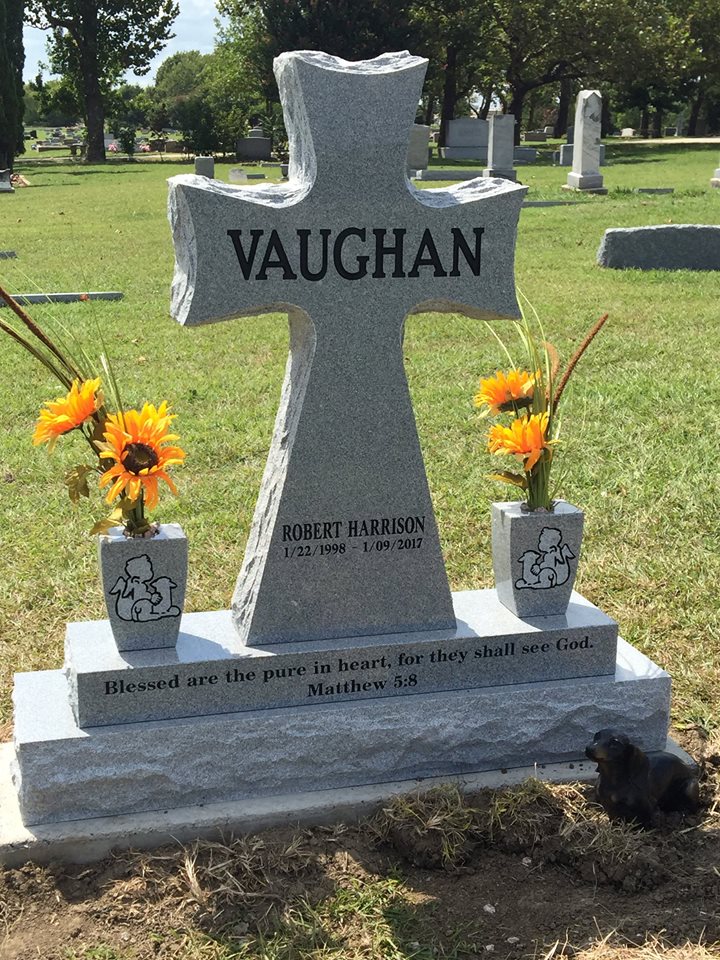
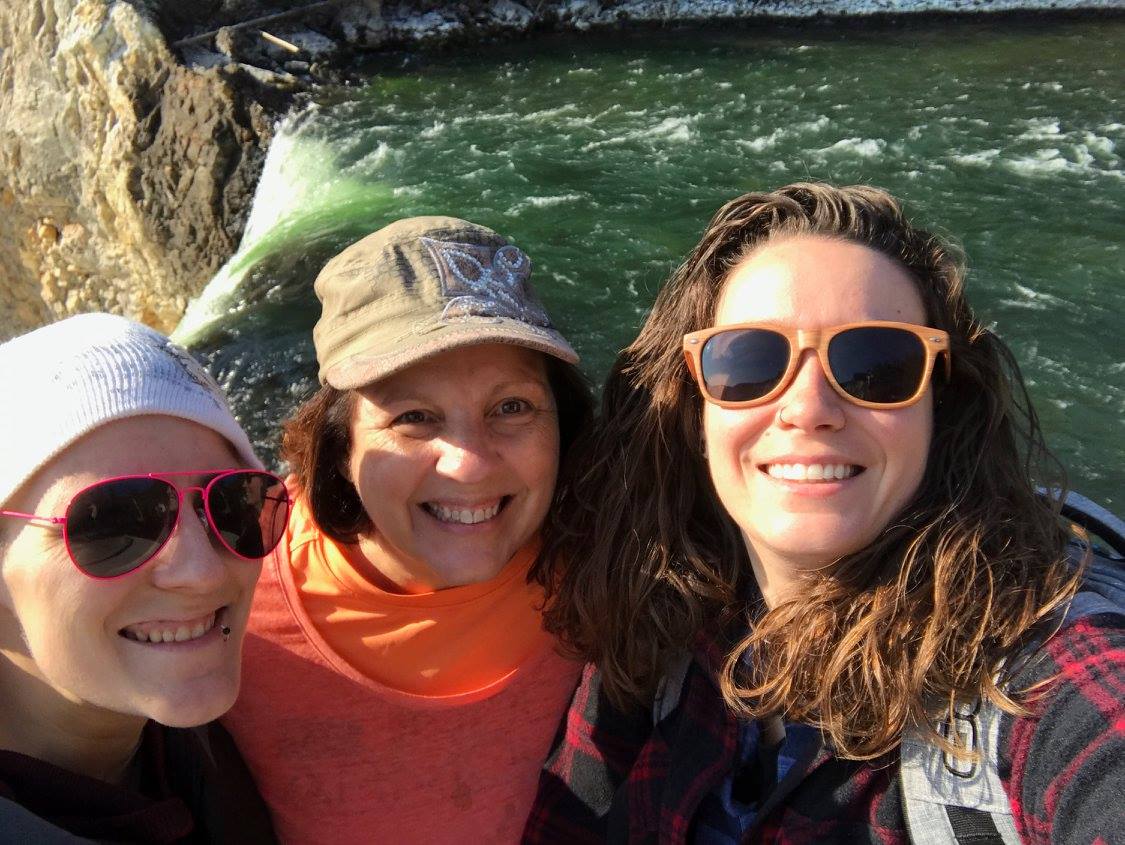

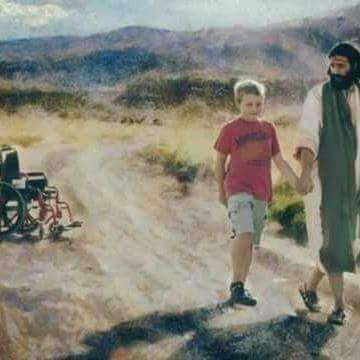
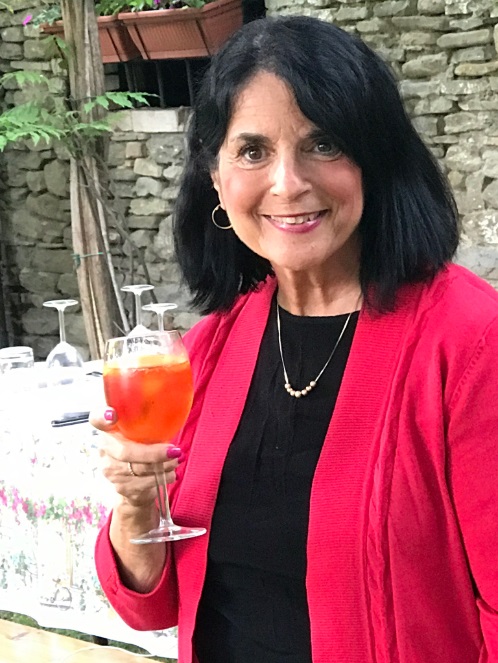
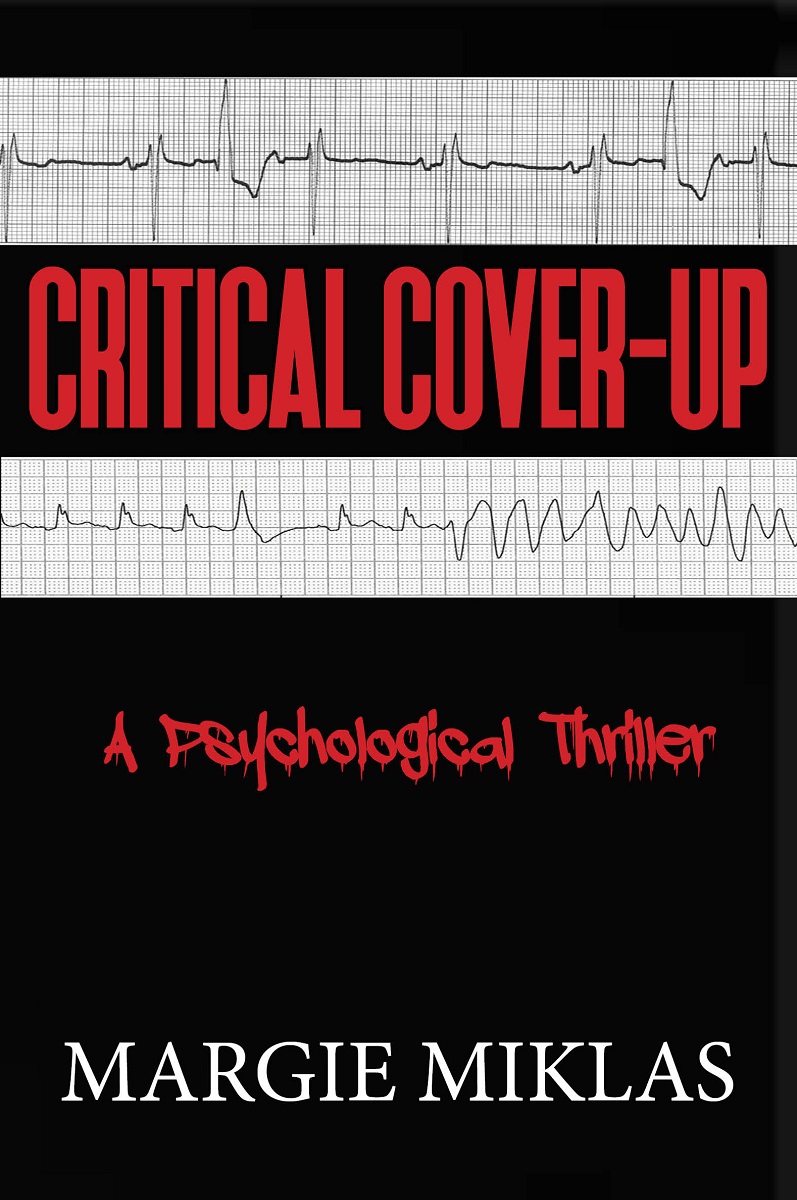 Critical Care Cover-Up . . . .
Critical Care Cover-Up . . . .
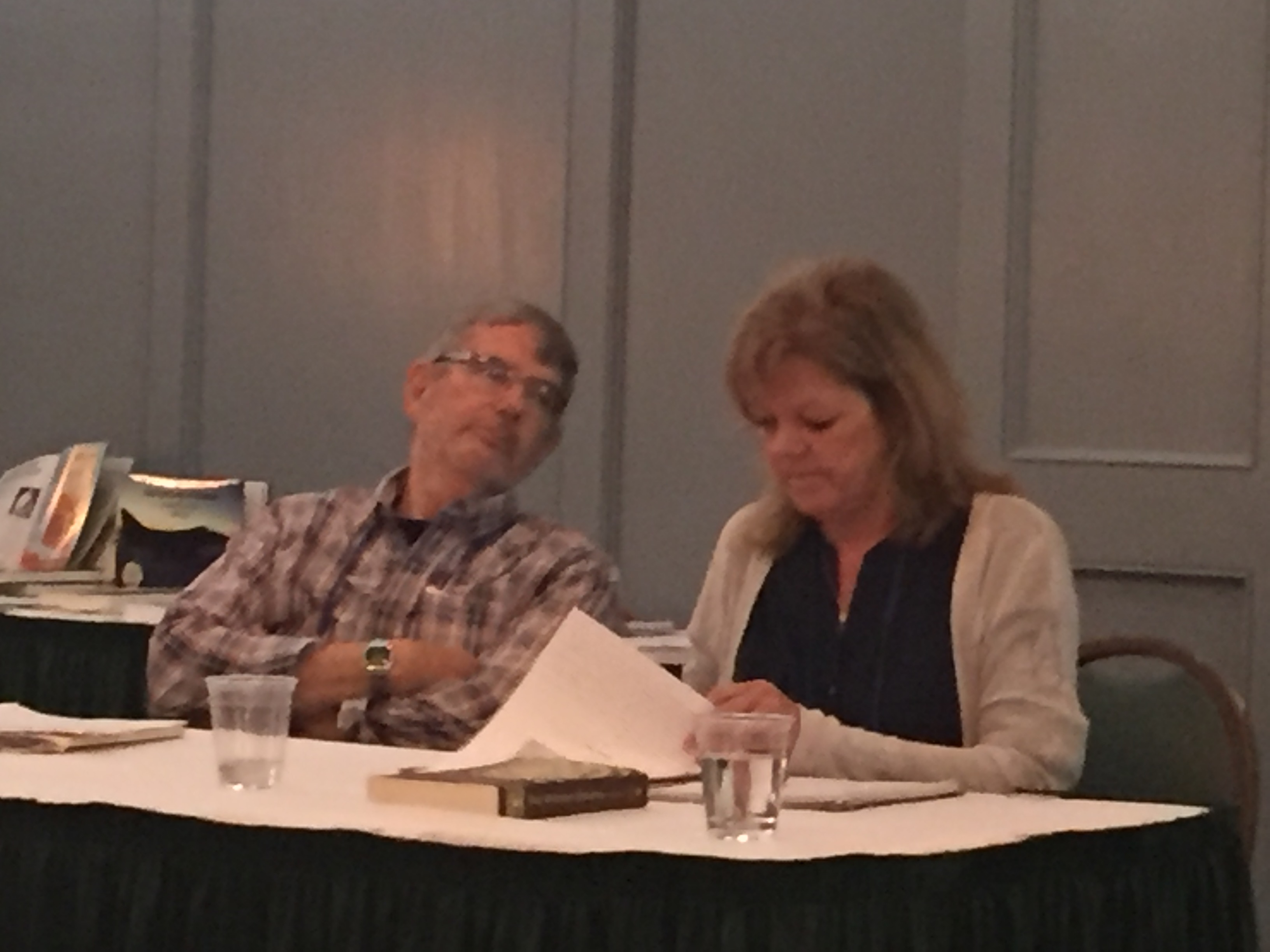
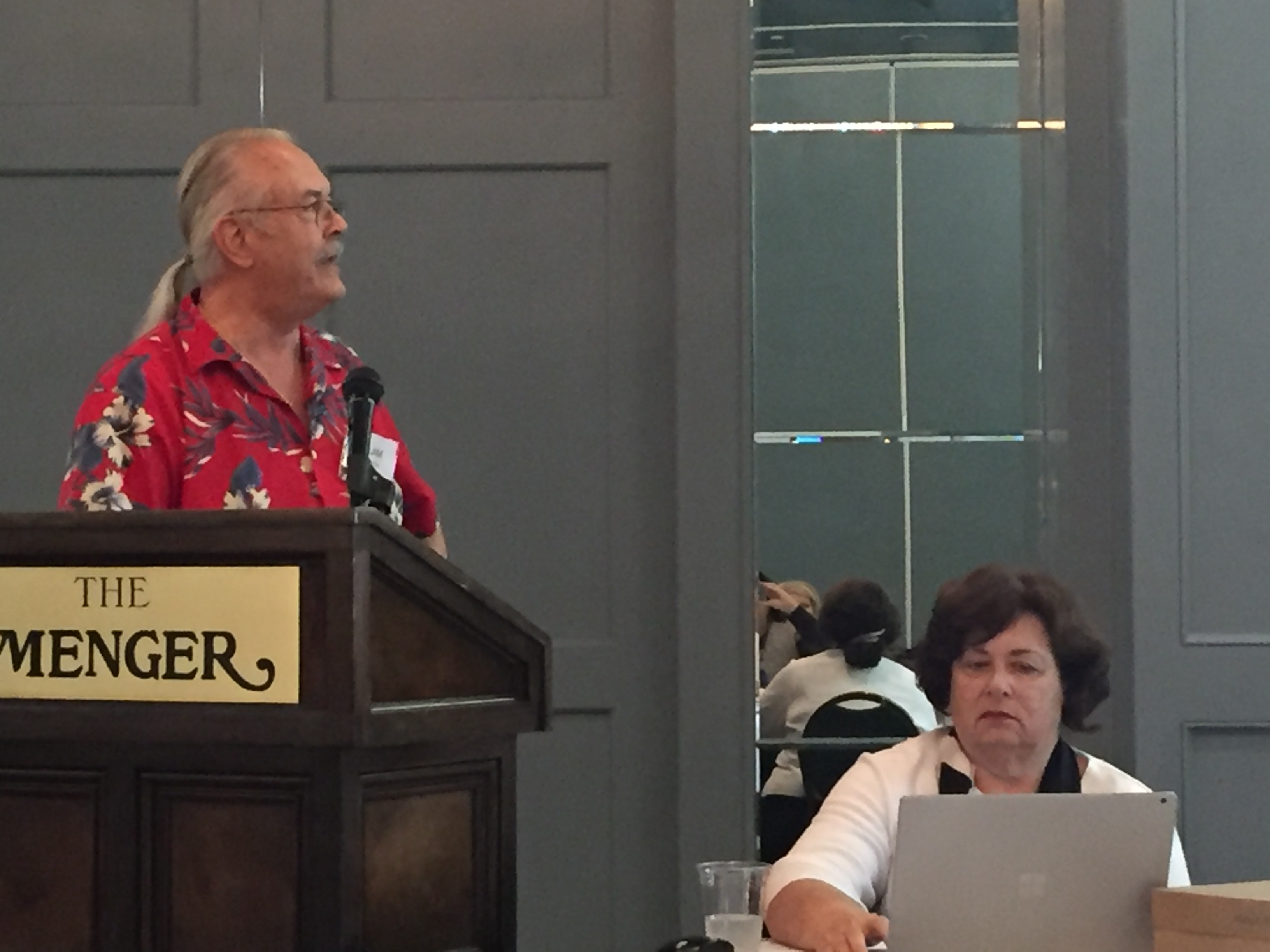
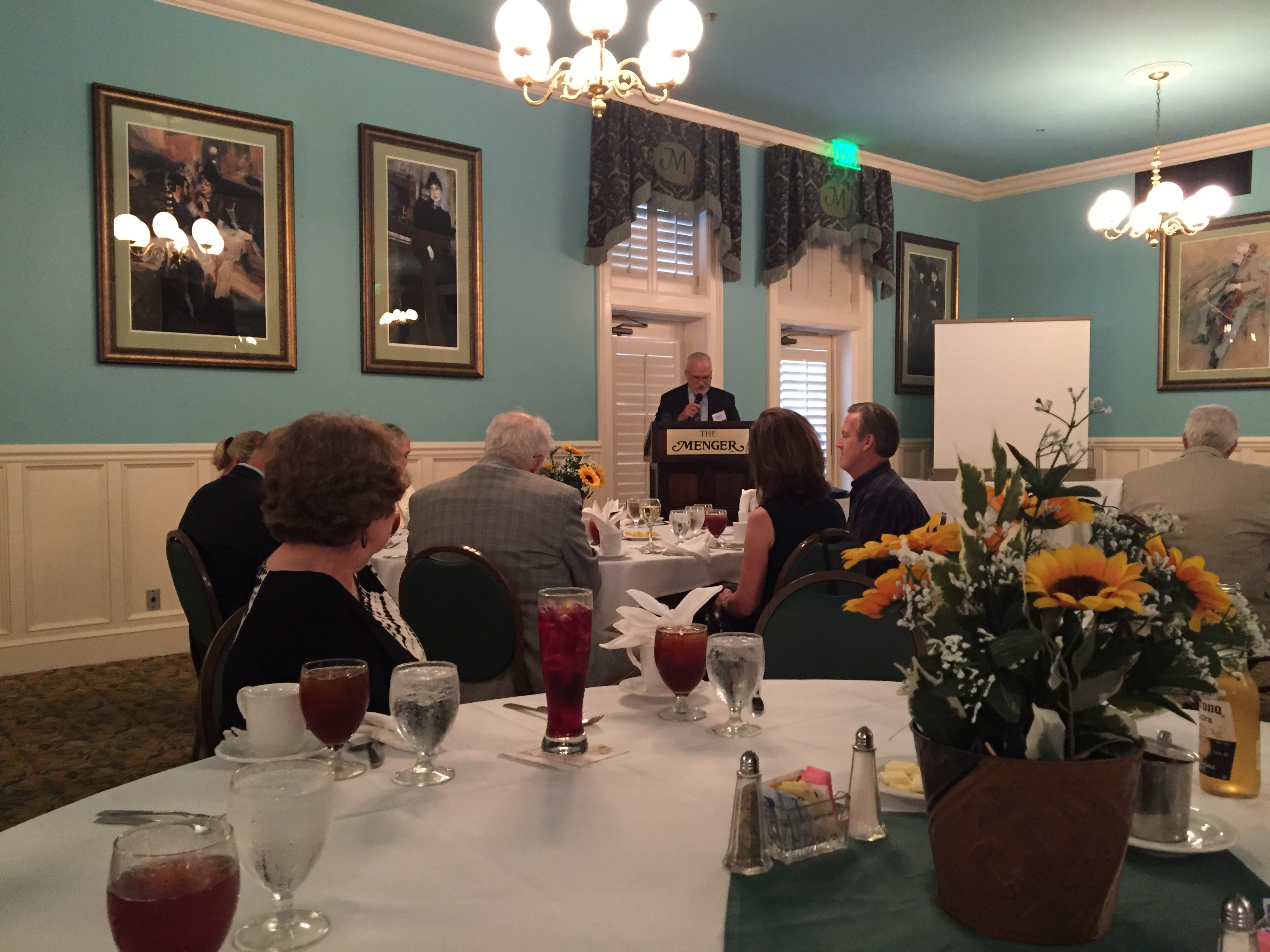
You must be logged in to post a comment.